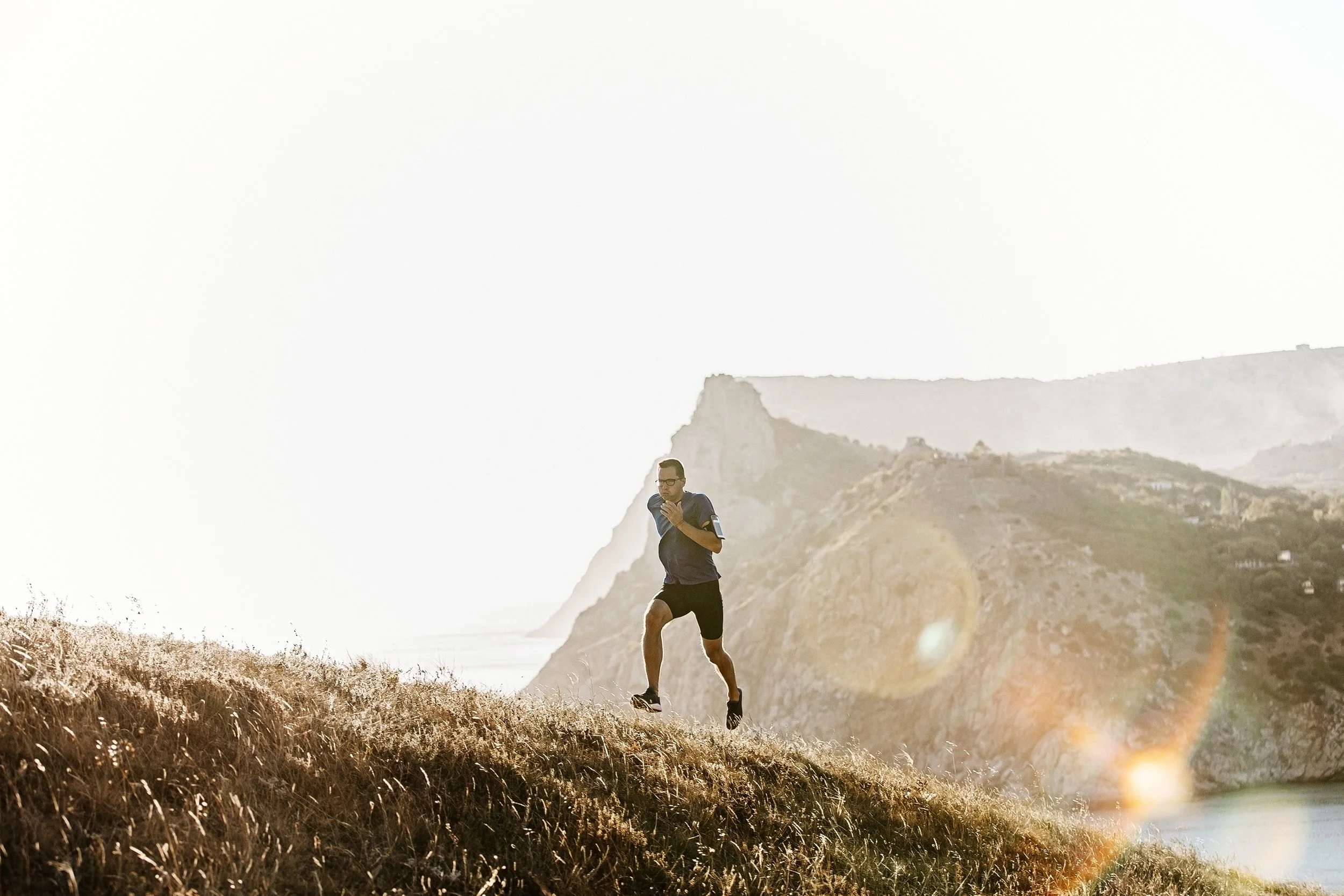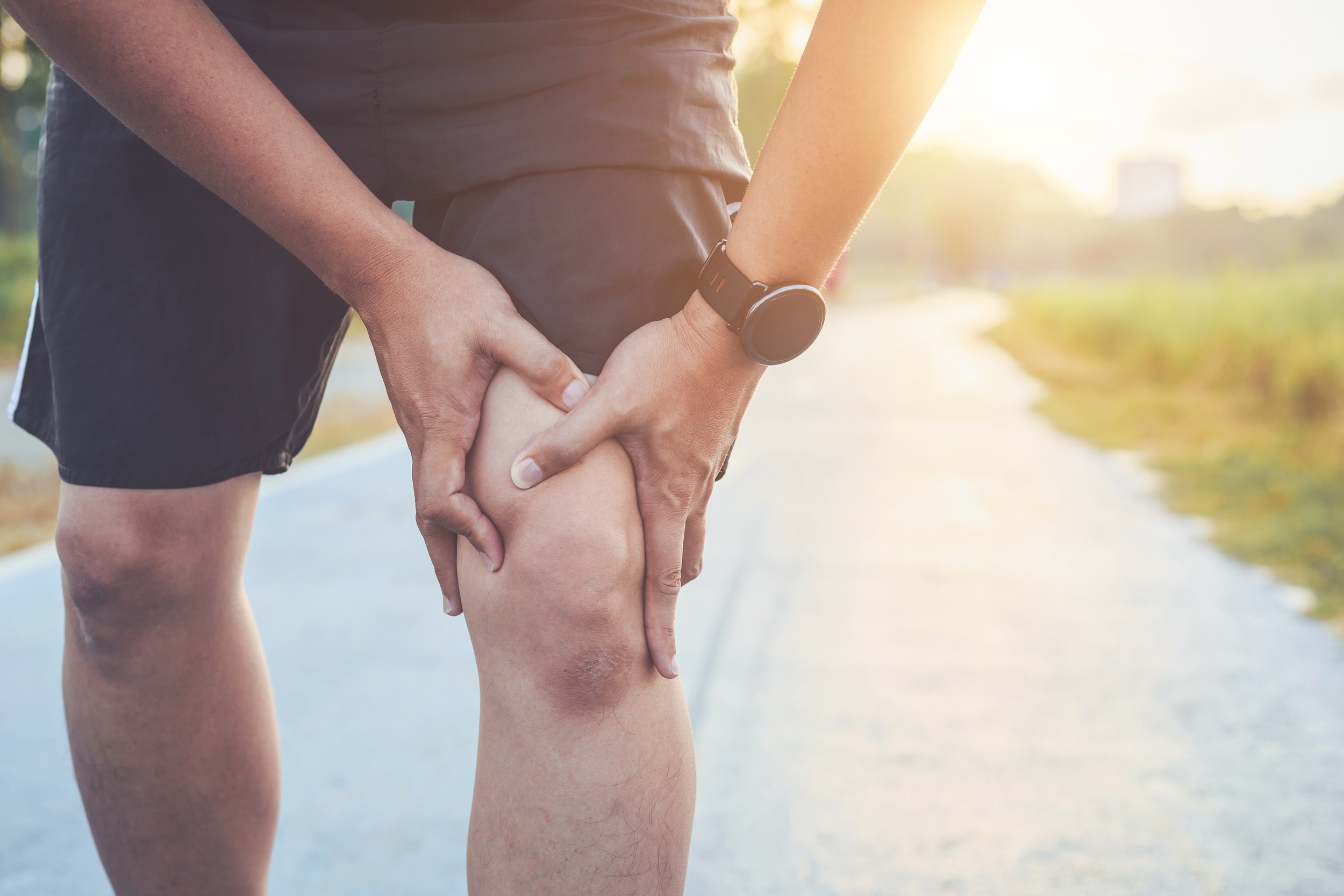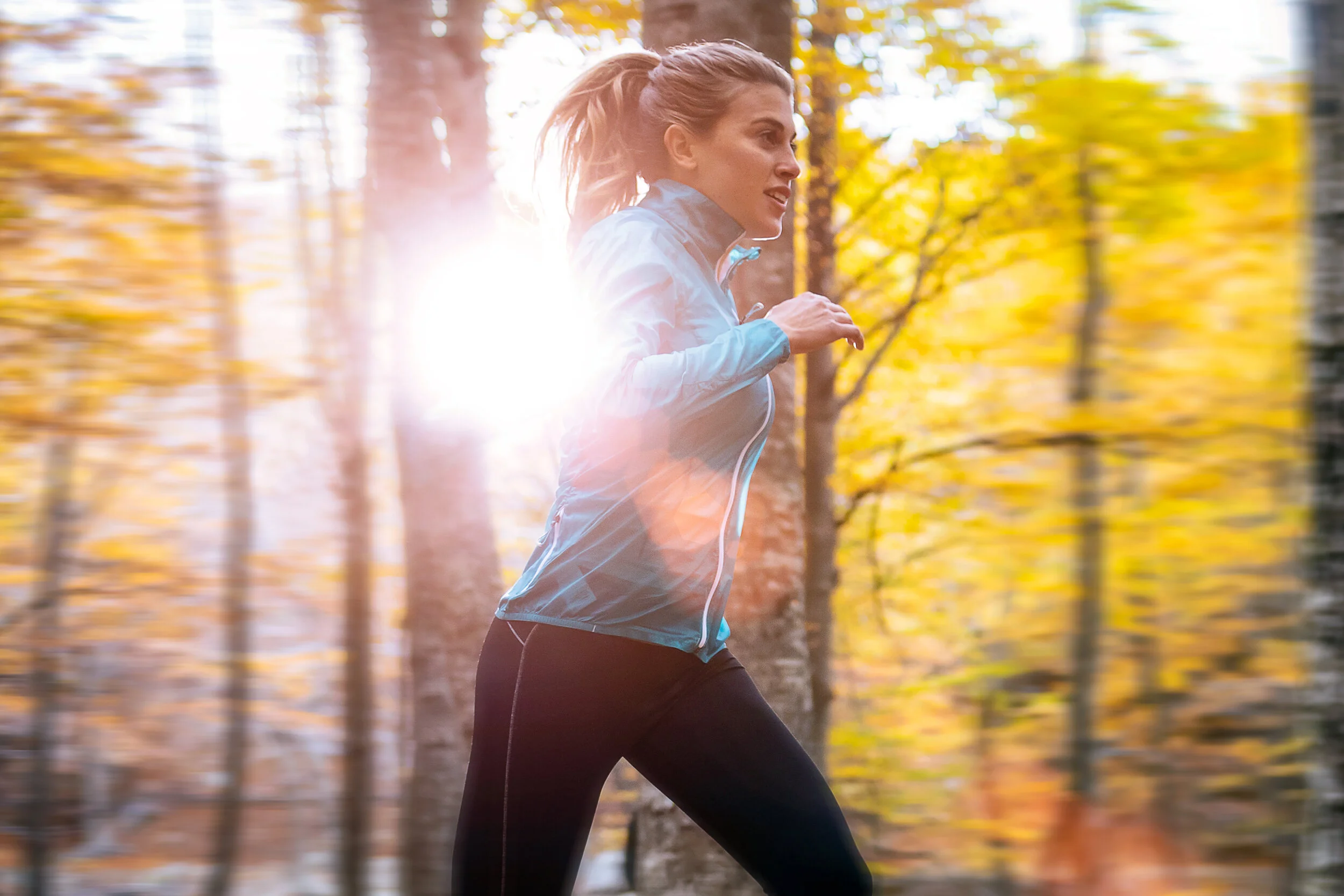Cadence is a metric that can be used to help runners adopt a shorter stride in order to reduce the shock of impact. Research has shown cadence to play a primary role in addressing common running related injuries. Increasing your cadence can help decrease load on the hip, knee and decrease stress of the Achilles. A number of studies have suggested that a faster running cadence helps to adjust a runner's form, and in turn, may lead to fewer injuries. A quicker cadence generally leads a runner to hit midfoot or forefoot compared to runners with longer strides or over striding. This longer stride causes runners to extend their legs out in front of their body, creating a breaking effect. So, shortening your stride you also change the position of where your foot lands beneath you. The optimal placement of your foot is below your hips. If you focus on shortening your stride and increase your cadence your foot will automatically land under you. This is the point of your center of gravity and where the least amount of impact will occur.
Listening to a metronome is a great way to make sure you are keeping up with a good cadence. At the clinic we use the app called RunCadence which two PT’s created (one being the owner of LWPT). There are also ways to find songs that have certain beat per minute to run to as well if you do not like the beeping/metronome sound. The transition to faster cadence can feel foreign and challenging but as you continue to focus on your desired cadence it will feel like second nature. I usually start with only increasing the cadence by 5% until they feel like they can comfortably keep that cadence. It has been shown in research that 5% increase in step rate leads to a 20% reduction in energy absorption at the knee. So what is that magic number to aim for? Research has shown that a cadence of 180 steps per minute (spm) is the ideal number. However, every runner is different and each runner has a cadence that works best for them. Having a higher cadence and quicker turnover to decrease over striding is the main goal. Having 180 spm is just a nice reference point.












